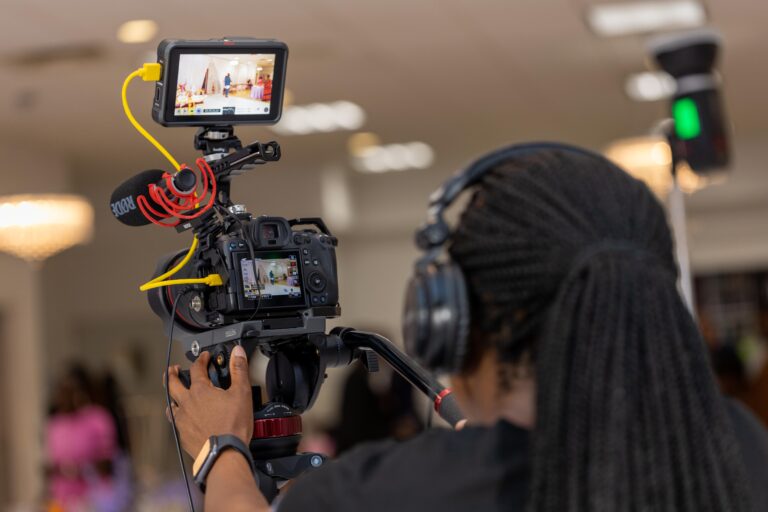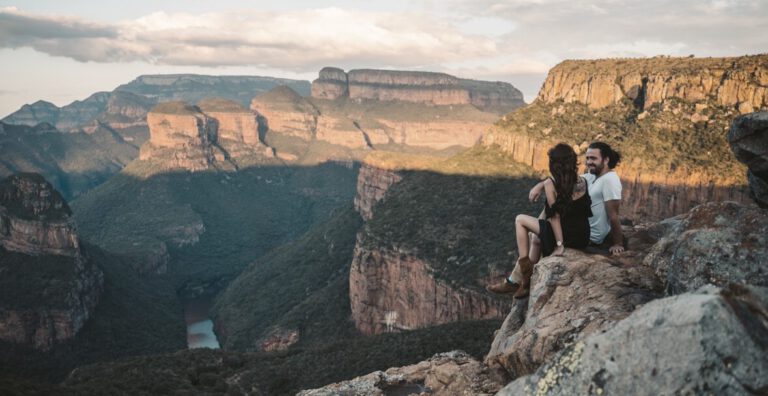Introduction
As a photographer or videographer, your attire plays a crucial role in how you perform your job and how you are perceived by clients and guests. While capturing memorable moments, you need to blend into the background, move comfortably, and maintain a professional appearance. This guide will help you understand the ideal dress code for various shooting scenarios, ensuring you’re always prepared and presentable.
Why Dress Code Matters
1. Professionalism: Your appearance directly impacts your brand. Dressing appropriately shows that you respect your clients and take your role seriously.
2. Comfort and Mobility: Long hours of standing, moving, and sometimes crouching require comfortable clothing and footwear that allow you to work without distraction.
3. Blending In: In events like weddings or corporate functions, your goal is to capture candid moments without drawing attention to yourself. Neutral, non-distracting clothing helps you blend into the background.
Recommended Attire
General Guidelines
• Black Pants: Opt for comfortable black pants that offer flexibility and ease of movement. Avoid jeans if the event is formal.
• Black Shirts or T-Shirts: A plain black shirt or t-shirt is versatile and professional and helps you blend into the surroundings. Choose breathable fabrics for comfort during long hours.
• Black Shoes: Select shoes that are suitable for standing all day. They should be comfortable, durable, and ideally, have some level of cushioning or support.
Special Considerations
1. Event Type:
• Weddings: Consider a slightly more formal look, such as black dress pants and a collared shirt. For very formal weddings, adding a blazer might be appropriate.
• Corporate Events: Maintain a business casual look. A black polo shirt or a button-up shirt paired with dress pants works well.
• Outdoor Shoots: Comfort and weather-appropriateness are key. Consider lightweight black pants and breathable tops. Bring a black jacket or raincoat if the weather is uncertain.
2. Cultural Events:
• Respect traditional dress codes where necessary. For example, if you are covering a kwanjula or kukyala, a simple kanzu or gomasi might be required.
• Always communicate with your clients beforehand to understand any specific dress requirements.
3. Personal Protective Equipment (PPE):
• In some shooting environments, PPE might be necessary. Ensure your gear includes appropriate footwear, gloves, or hats while maintaining a professional look.
Practical Tips
• Pockets and Storage: Choose clothing with multiple pockets or consider a utility belt to keep essential items like batteries, memory cards, and lenses easily accessible.
• Layering: Be prepared for temperature changes by layering your outfit. A lightweight black jacket or vest can add warmth without compromising on style.
• Maintenance: Keep your attire clean and well-maintained. Carry a lint roller to remove any dust or pet hair, and have a backup outfit in case of spills or unexpected messes.
Conclusion
Your attire as a photographer or videographer is more than just clothing; it’s a tool that aids in your professional performance and presentation. By adhering to a dress code that emphasizes professionalism, comfort, and appropriateness, you can ensure that you’re always ready to capture the best moments while leaving a positive impression on your clients and their guests.
Remember, black is not just a color choice; it’s a strategic decision that balances the need for flexibility and the desire to deliver top-quality service without distractions.




